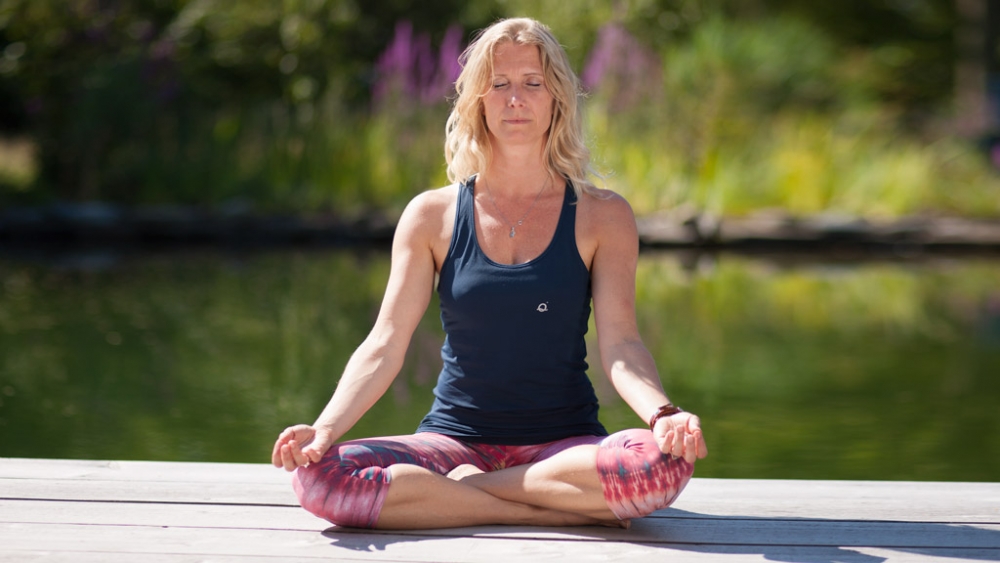The fourth limb of the eightfold path is Pranayama, which is related to the flow of prana – or ‘life force’ – throughout our energy pathways. The most effective way to influence this movement of prana to bring about the “ultimate quietness” (in our physical and mental bodies) is through the breath. Although ‘Pranayama’ has become synonymous with “breathing techniques”, it is so much more than this, as you’ll discover in this enlightening talk by Anat Geiger.
Breath control or breath liberation?
Pranayama is often neatly divided into two words – prana-yama – prana meaning ‘life force’ or ‘energy source’ and yama (as we’ve learned already from the ‘Yamas’ week of our Eight Limbs of Yoga program) meaning ‘control’ or ‘restraint’. In this respect ‘pranayama’ can translated into ‘breath control‘.
However, the same word may be differently divided into prana and ayama. Where yama means to ‘restrain’ or ‘control’, ayama means the opposite – i.e. to not do that. Thus in a Pranayama practice, we are not in fact trying to control the prana, but instead to to free it.
Whatever the interpretation, there’s no doubt that a regular and sustained practice of Pranayama not only ‘supercharges’ our entire body but prepares our mind for deep meditation.
A regular and sustained practice of Pranayama not only ‘supercharges’ our entire body but prepares our mind for deep meditation.
How Pranayama benefits us?
Physically, Pranayama techniques can help to effectively utilise and strengthen the whole range of our respiratory organs. A regular Pranayama practice can stimulate the parasympathetic system, countering the overstimulation our bodies go through during the Fight or Flight response.
Our breathing patterns are also very closely linked to our emotional states. We breathe in a different way when we are angry, excited, tired or nervous. However, using appropriate Pranayama techniques we can actually alter our physical and emotional state – for example using calming, balancing practices like Nadi Shodhana (alternate nostril breathing) or more stimulating, energising techniques such as Kapalabhati (shining skull cleansing breath).
Explore more?
With an EkhartYoga membership you can explore the different breathing techniques through online yoga classes in our ‘Pranayama’ week of our Eight Limbs of Yoga Program.

